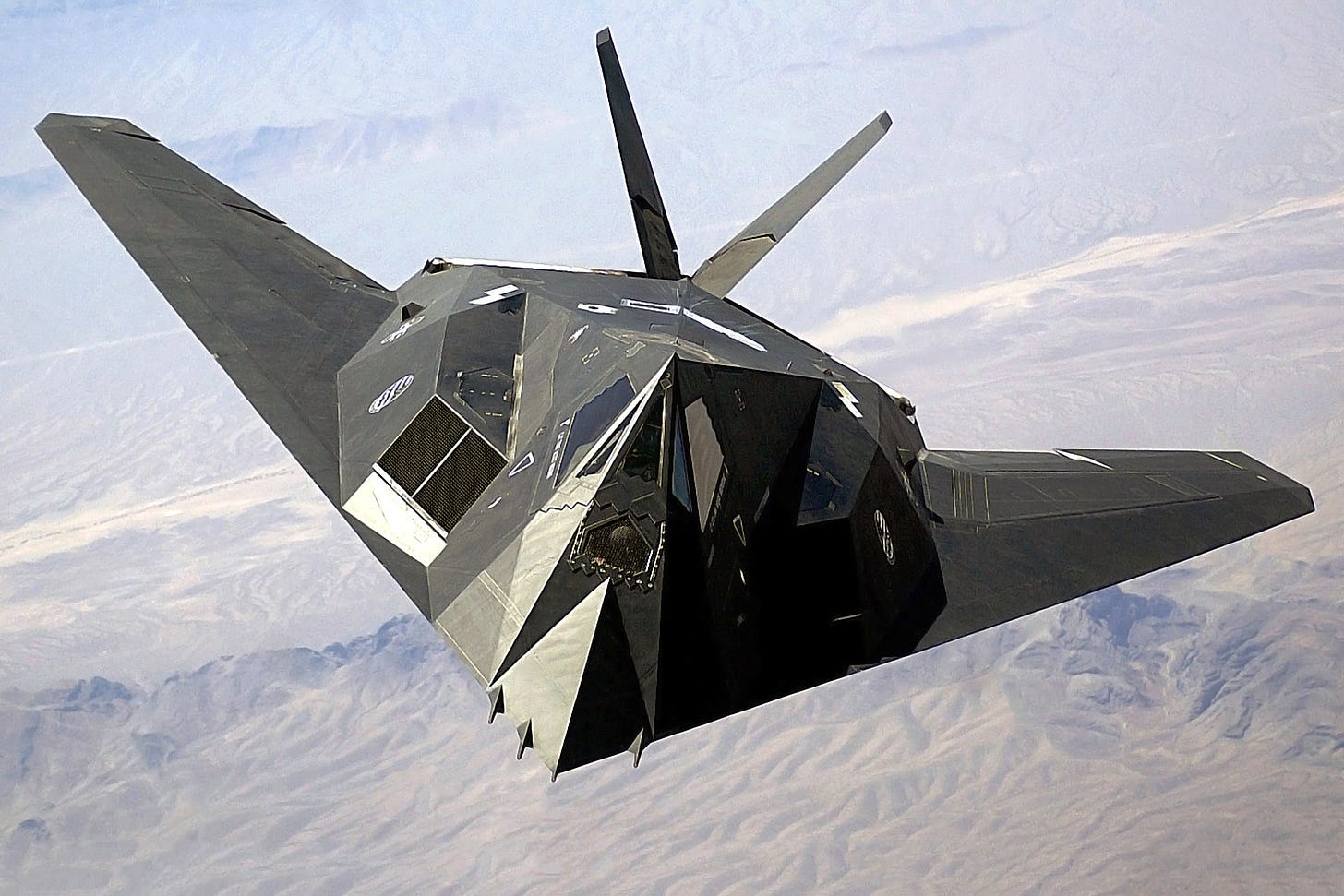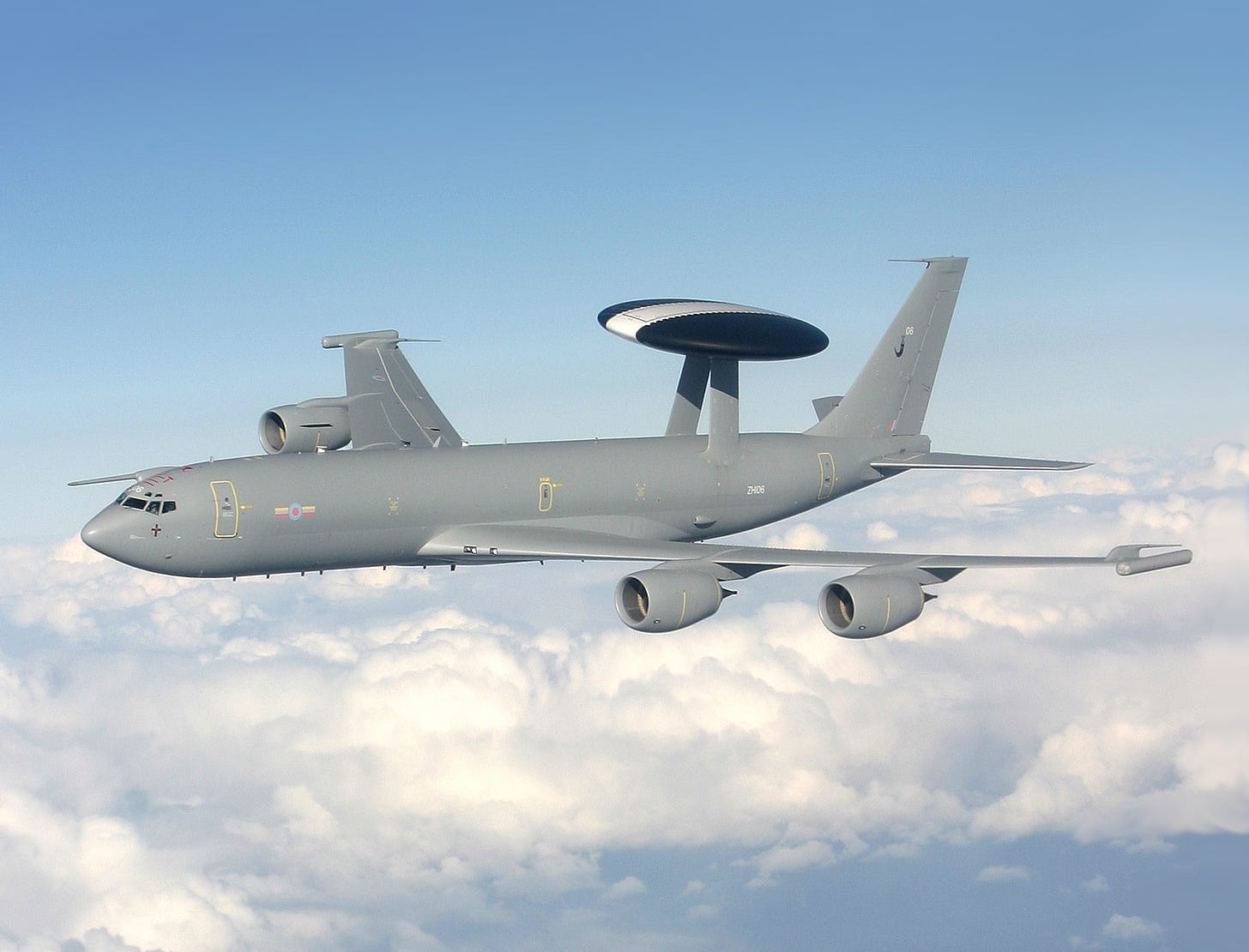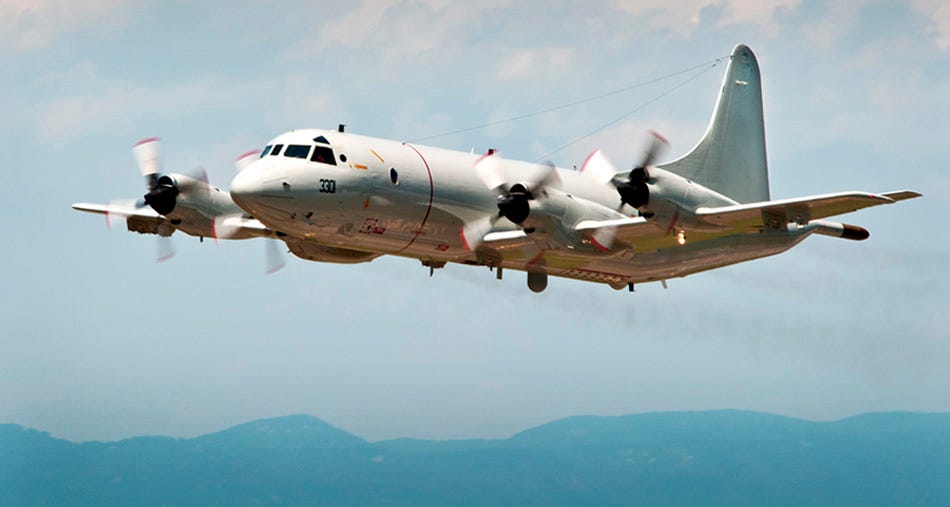It’s a story about UFO’s now. They’re not referring to the last three things they shot out of the sky as balloons, like the Chinese surveillance balloon the Air Force finally shot down off the coast of South Carolina last week. Now the Pentagon is calling them interchangeably UFO’s, or UAP’s – Unidentified Aerial Phenomena -- as well as “objects,” when they are calling them anything at all.
As we enter week two of Aerial Phenomenagate, the Pentagon – and the White House, for that matter – are releasing less information than they were previously. Last week, we knew (1) there was a big Chinese balloon and it was 200 feet tall, (2) that it was carrying something beneath it that was about the size of two school buses, (3) that the two-school bus thing was capable of intercepting what they called “signals,” and (4) that it wasn’t shot down until it had transited a good portion of the country and reached the Atlantic Ocean for “safety reasons.”
Now we’re told that the object shot down over the Canadian Yukon territory was “cylindrical” in shape, and its remains have fallen into land that is difficult to reach. The object shot down over Lake Huron was “octagonal” in structure “with strings attached to it,” and attempts to recover its remains are difficult because of weather conditions over the lake. Both objects were said to be about the size of a Volkswagen Beetle.
The fourth object, shot down yesterday, seems to me the most interesting of them all. According to the Washington Post, it was first picked up on radar about 70 miles north of the U.S. border in Canada. As the object reached U.S. airspace over Montana, U.S. F-15 fighters out of Portland, Oregon, were scrambled to “investigate” the object over Montana, according to the Post, but it was lost by the F-15’s in the darkness of Saturday night. Air Force radar also lost the object somewhere over Montana, and it was not picked up again until Sunday, when it crossed Wisconsin and Michigan.
Let’s stop right there. The fact that U.S. radar lost the object as it crossed several hundred miles of U.S. territory seems fairly extraordinary to me, as does the fact that the F-15’s “lost” the object over Montana because it got dark. U.S. fighters are equipped with all kinds of radar that makes them capable of being used in bad weather conditions, not to mention at nighttime. All of the air-attacks on Iraqi positions in Kuwait in the first Gulf war, and all of the attacks by air when the U.S. invaded Iraq in 2003, were made at night. Neither the Air Force nor the Navy would have committed its jets at night unless they were capable of detecting Iraqi jets and shooting them down.
So why did the highly-sophisticated, not to mention very expensive, F-15 lose the object at night over Montana? A hint might be in the object’s shape – octagonal. If the object was octagonal and its sides were slanted, it would resemble some of the early U.S. jet aircraft that were designed to be invisible to radar. The F-17 Nighthawk, pictured below, used slanted surfaces for the body of the aircraft to deflect enemy radar, making it effectively invisible.
The Pentagon did describe the object shot down over Lake Huron as “unmanned,” but that’s about as far as they’ve gone in describing the object.
What they’re not telling us is what else they know about the objects shot down in Alaska, Canada, and over Lake Huron, and my supposition is they know plenty. They didn’t put an F-22 into the sky over Canada and an F-16 over Lake Huron all by themselves. When the Air Force scrambles combat aircraft, they send a whole lot of other stuff aloft. It wouldn’t surprise me if they had an E3 Sentry AWACS, or Airborne Warning and Control System plane up there. It’s a modified Boeing 707 aircraft with a gigantic rotating radar dome mounted on it. (Pictured below)
An AWACS is said to be capable of detecting objects from the earth’s surface up to the stratosphere 250 miles away. It’s got active and passive detection systems, meaning that active radar sends out signals that are reflected back to its antenna, and passive sends out no signals, meaning that it cannot be detected by aircraft (or objects) with radar detecting technology.
They could have also sent up a Navy P-C3 Orion, a prop-airplane made by Lockheed normally used for anti-submarine warfare. (Photo below)
Orion surveillance aircraft were retrofitted with high-resolution cameras and were used in Afghanistan for surveillance along the Afghan-Pakistan border during the war. They were capable of photographing from high altitude Taliban fighters infiltrating into Afghanistan with a high degree of detail during daylight hours or at night. The Orion could have been used to photograph the “objects” over Canada and Lake Huron.
In fact, my speculation is that the Pentagon has an entire album of photos of these things. They know exactly what they look like. High resolution images could show what material or materials they were made of. The fact that the Lake Huron object is being described as having “strings” hanging below it gives us a good hint as to how close U.S. aircraft got to the object and how detailed are the photographs they no doubt took. Not only that, pilots who were scrambled and sent up to shoot down the objects probably flew fairly close to them before they engaged the objects with missiles that cost $500,000 apiece.
It’s going to come out eventually what the “cylindrical” and “octagonal” objects are and who they belonged to and what they were doing over Canadian and U.S. airspace. The fact that the Pentagon has not provided any photographs they doubtlessly took of the objects before shooting them out of the sky is suspicious at best, even a little scary at worst.






It seems to me it can be very appropriate for our government to withhold information while it evaluates details/circumstances/implications of something…particularly if it sees big national interests in play.
That may well be the case here; and we may have cause for much concern.
But I’m utterly unpersuaded by those who are stamping their feet, demanding “all” info now, and, in some cases, trying to politicize a potentially very sensitive issue.
I give our administration credit for good faith and competence as it figures this out.
Lucian, I appreciate how you helpfully explain the various aeronautical terms, aircraft and maneuvers in ways I can more easily understand, such as passive detection systems and others. I can imagine that if you were talking solely to someone like TC, you would not feel compelled to add the explanations. So...good on you.
Andrea